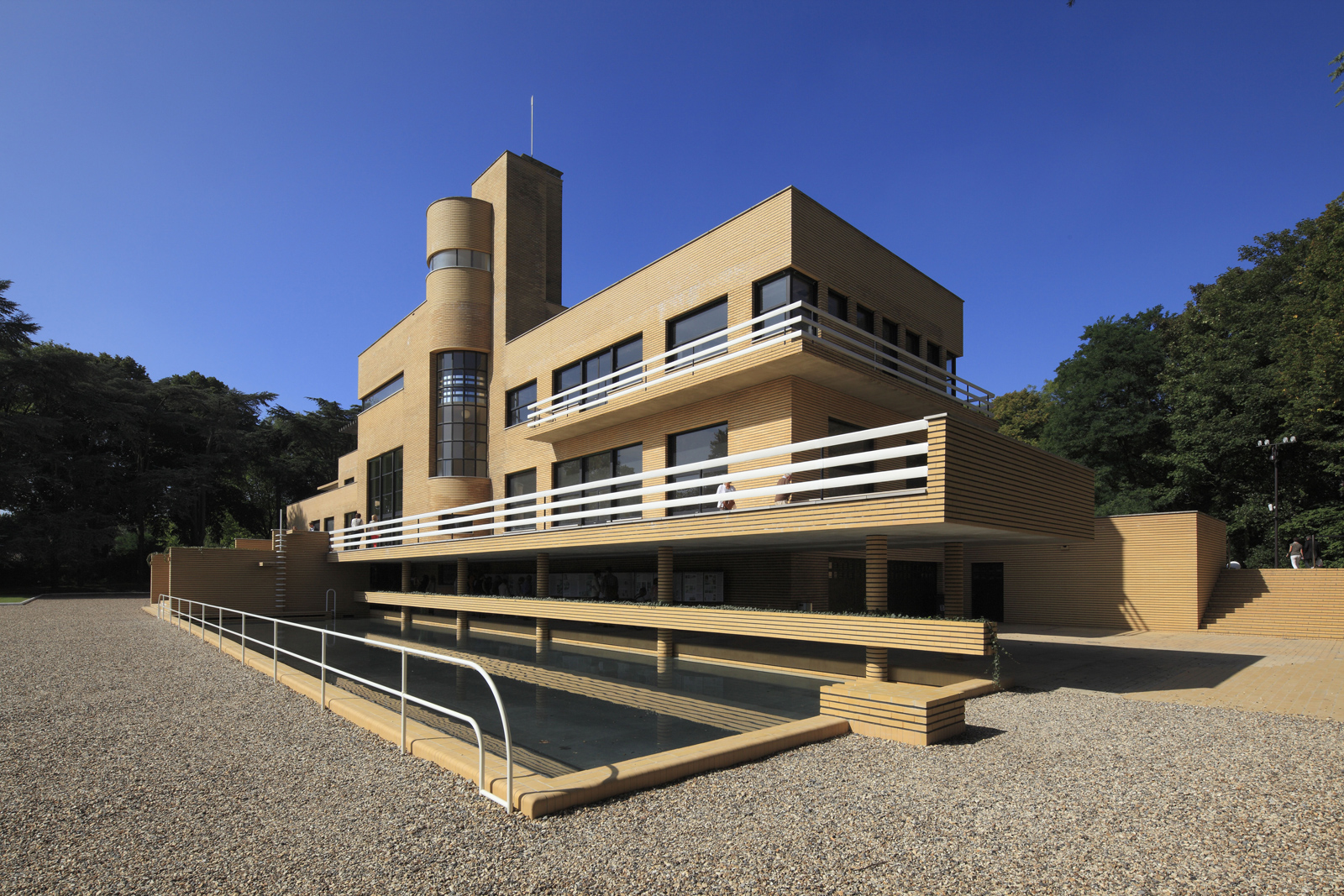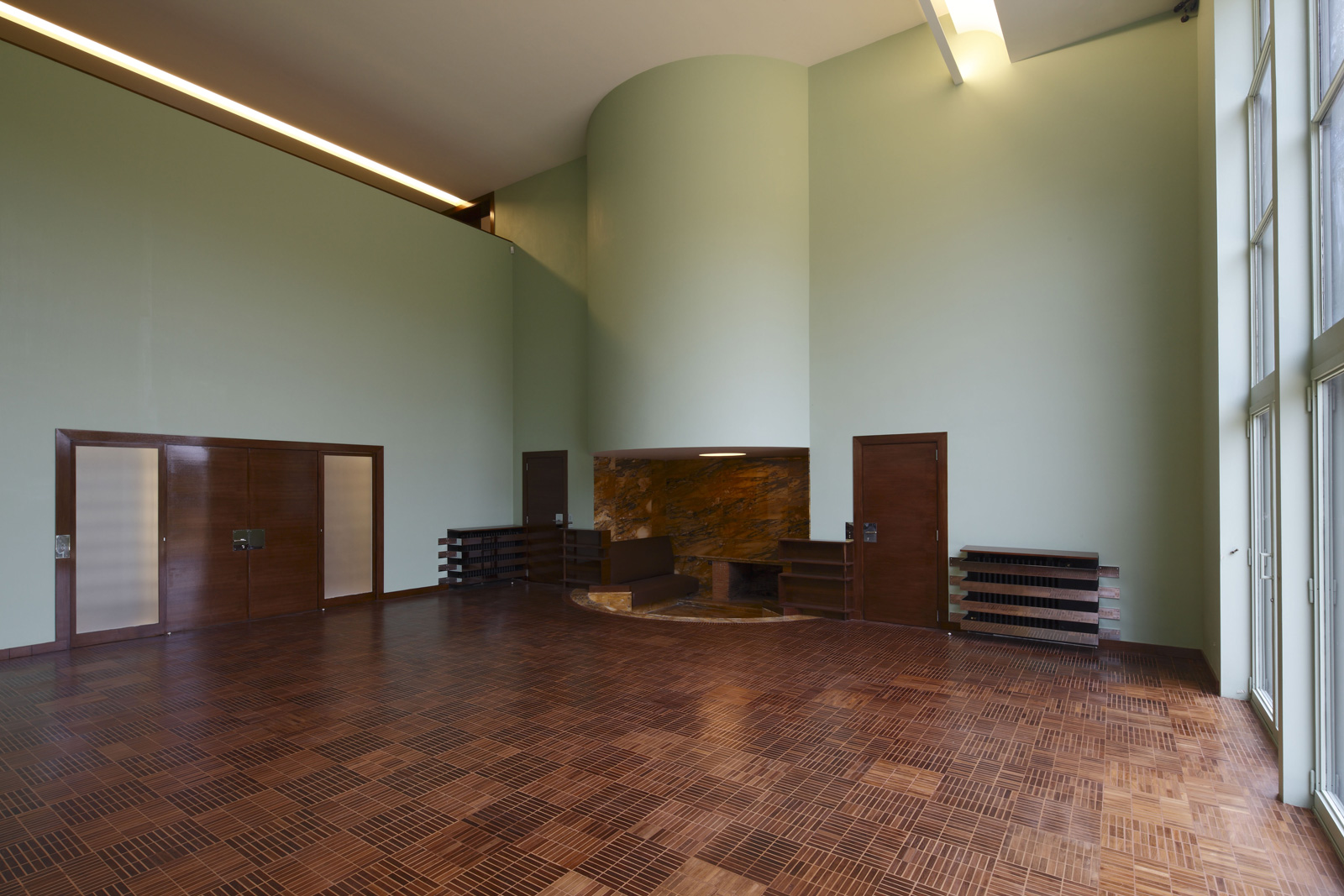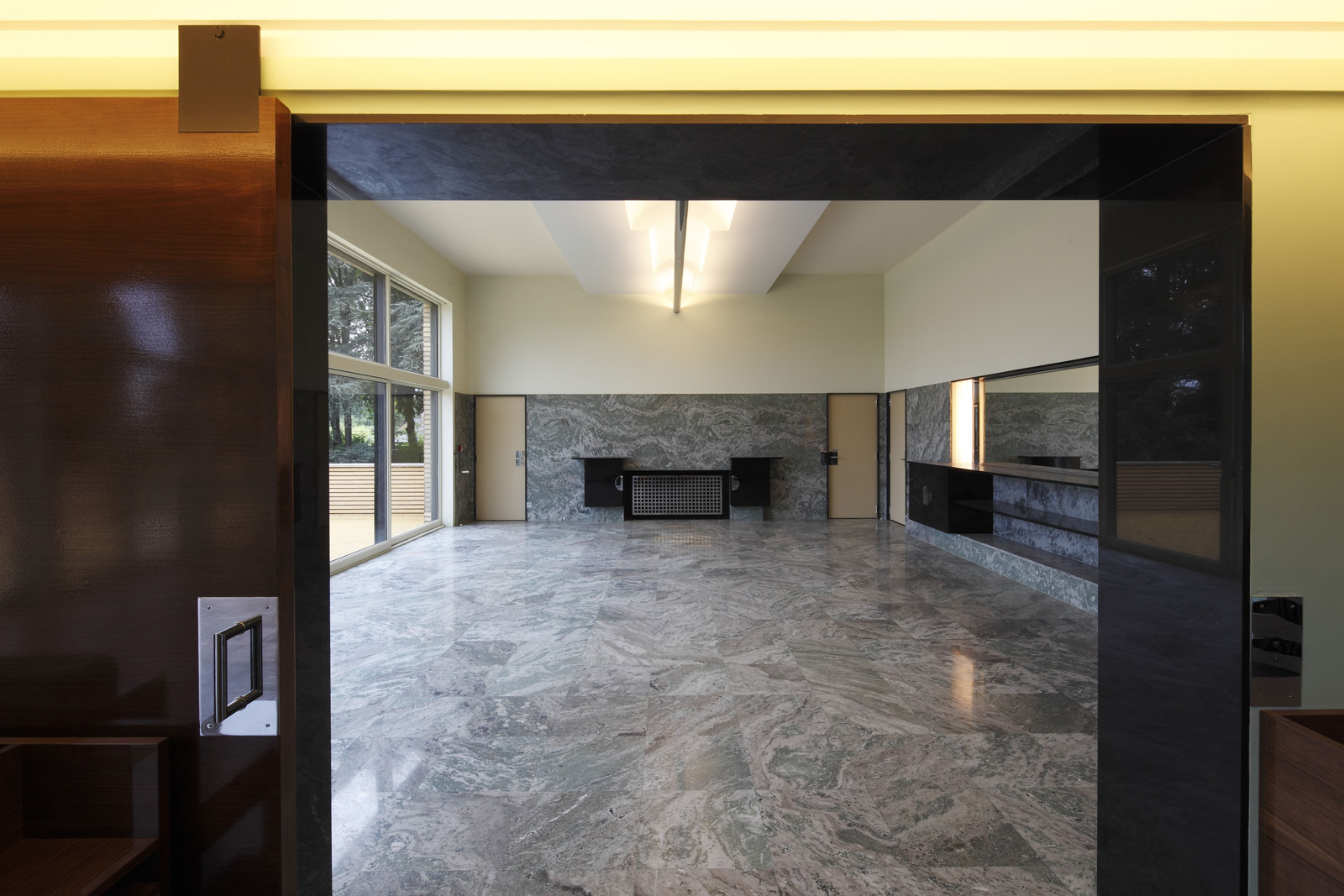
For almost three decades, one of France’s finest examples of Modernist residential architecture lay derelict and in danger of demolition. Now, following a €23 million rescue act, Villa Cavrois is set to reopen its doors.
Sited in the Lille suburb of Croix, the mansion was designed by architect Robert Mallet-Stevens for industrialist Paul Cavrois. It was completed in 1932 and encapsulates the progressive ideals championed by Mallet-Stevens and other exponents of the International Style.

‘The villa is influenced by the Austrian modernity of Adolf Loos and Josef Hoffman,’ says Paul-Hervé Parsy, who oversaw the restoration on behalf of the government-backed Centre des Monuments Nationaux. ‘The spatial organisation is also based on a 18th century conception. This contradiction between modernity and classicism makes this unique modern castle an exceptional example of architectural chef-d’oeuvre.’
The building’s geometric forms and sand-coloured brick cladding resulted in an uncompromising modern character that was unpopular at the time with its conservative neighbours. Rooms were arranged according to their function and kitted out with the latest technologies, including telephones, electric clocks, central heating and lifts, making it the epitome of modern luxury living.
Since its auspicious beginnings, Villa Cavrois has endured a turbulent life, involving occupation by German forces during the second world war, internal remodelling in the 1950s and the threat of destruction when it was bought by a property developer in 1986.

Between 1988 and 2001, the house stood empty and was ransacked and vandalised. A pressure group supported by the likes of Norman Foster and Renzo Piano helped raise awareness of its plight before the state purchased it and appointed the Centre des Monuments Nationaux to oversee the restoration.
The decision to reinstate the original layout and undertake an extensive refurbishment programme reflects Villa Cavrois’ importance as an example of Modernist civil architecture in France. Over 230 skilled labourers were involved in making the building weathertight, reconfiguring the grounds and restoring details including parquet flooring, decorative metalwork, wood joinery and glazing.

According to Parsy, the process was made particularly difficult because all of Mallet-Stevens’ archives were destroyed at his request following his death in 1945. ‘The main challenge was to rediscover things like where the marble came from, the exact colours and the wood used for the furniture,’ he says. The team used photographs and technical documents from contractors who carried out the original works to piece together the proper floor plan and finishes.
Where possible, rooms have been returned to their original state, with fitted furniture, lighting and artworks accurately reproduced. Some spaces are left unfurnished to focus attention on the architecture, while others will be used to host exhibitions and events. A tablet with an augmented reality app will provide an interactive overview of the rooms as they were in 1932.

The outcome of the 12-year restoration process is a monument to Modernism. When the doors reopen on 13 June, visitors will be encouraged to freely explore Villa Cavrois’ elegant rooms and hallways, imagining what it might have been like to live there. ‘The public will discover a true modern castle,’ says Parsy, ‘classic in term of spatial organisation but avant-garde in some of the facilities. It will appreciate what the notion of luxury means, even in a somewhat severe form’.

















